 Every dairy family builds their agricultural legacy over time. For Bram Prins it started in the Netherlands over forty years ago. “In 1968 our family decided to move to county Groningen. As the oldest of seven children I worked with my father to start farming 54 ha of arable land where we had 100 cows. “
Every dairy family builds their agricultural legacy over time. For Bram Prins it started in the Netherlands over forty years ago. “In 1968 our family decided to move to county Groningen. As the oldest of seven children I worked with my father to start farming 54 ha of arable land where we had 100 cows. “
This is the early motivation that first inspired Bram Prins to look to agriculture as a career. However, three decades later he is still passionate about dairy farming and more importantly how it can continue to grow and be profitable. On February 5th he will share his enthusiasm, experience and insights as a keynote speaker at the 2nd Annual Canadian Dairy Xpo in Stratford Ontario. If you’re looking for a “day off” this is the exact place to get recharged and revitalized for the year ahead. Building on the resounding success of last year’s inaugural event, Canadian Dairy Xpo 2014 organizers have put together a tremendous diversity of products, experts and entertainment in one place at one time (Check out the full Canadian Dairy Expo program).
Bram Prins: Lifelong Learning and Worldwide Classroom
Despite his early involvement on the Groningen farm, Prins, now sixty-two, doesn’t consider himself to have an agricultural background. However he provides further explanation. “I do not have an agricultural background, but as farmer I do have a wide scope of interests.” This compelled him to lifelong formal and informal expansion of his studies. “Until last year I undertook training every year and earned minors and training at Nyenrode Businesss School.” A further source of agricultural edification came through many years of involvement with agricultural interest groups. “From 1985 till 2002 I was member of different boards, mainly feed and milk, in the agricultural sector.”
Prins Consulting
From this growing background Bram was prepared to set up a business group. “In 1990 I was the founder of European Dairy Farmers and in this position I travelled a lot around Europe and collected different data, information and knowledge.”
Twelve years later, Bram decided to leave as President of EDF and started working for Wageningen University. “I began by developing and giving training in a team of Entrepreneurship.” Since that time, he has given trainings in more than 6 different European countries in Interactive Strategic Management.” His interest in problem solving kept him busy too. “I worked also as advisor for individual farms in special topics including mediation, succession and financial management.” His growing expertise became sought out and he has expanded outside the private sector. “More and more my work includes governments in supporting or coaching farmers in special situations such as outplacement, solving difficult situations etcetera.”
Global Dairy Farmers
In 2005, this intense building of expertise was the foundation for Bram to start Global Dairy Farmers http://www.globaldairyfarmers.com. In 2004 he was joined by another colleague and started one year later GDF In 2009 Elise Bregman started working for Bram and became Manager of GDF. Prins is financially responsible for 100% of the company.” Bram is enthusiastic about the need for a business such as the one in inaugurated with Global Dairy Farmers. Here is someone who is unique in being eager to work on the problems faced by the dairy industry. “I am always looking for solutions to impossible situations and building relationships based on trust.” Bram outlines the core values of GBF. “We are focused on Global Dairy Farmers, rural development and entrepreneurship.” He points out the international growth that has taken place. “This has led to coaching farmers both inside and outside the Netherlands.”
Facing Challenges. Feeding the World.
The challenges faced by dairy producers have a special place in the heart of the President of GDF. Bram sees feeding the world as the number one challenge facing the dairy industry. At the same time, the industry itself is facing globalization. This raises the reality that today milk prices are becoming more equal worldwide. Dairy producers need to become excellent managers. After that, the biggest challenge facing the industry is the one of fulfilling the wishes of the consumer. The producers must accept and deliver what the consumer values.
Think Like An Entrepreneur
As Prins watches the changes that take place internationally, he is especially convinced that dairy producers must think more like entrepreneurs. Worldwide the influence of farmers as a political group is declining. The industry must face the reality that there is much less financial support from governments. Having said that he recognizes that farm business operation is evolving. “In some places dairy farming is just like normal business already. Especially in the new upcoming milk regions where backward integration is usual already.” Prins sees further globalization of milk production including, “in the long run in Canada.”
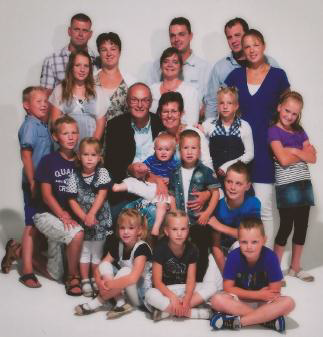
Bram Prins has 3 children and 14 grand children
The Future Marketplace
Bram’s global perspective sees new ways that will differentiate dairy producers since eventually it will no longer be by price only. He sees that culture, climate and growing conditions will have an impact on competitiveness in the dairy marketplace. Infrastructure will be of prime importance to the sustainability of the dairy industry of the future.
Best Advice for 21st Century Dairy Producer
Prins encourages dairy producers to think big and see the total picture. “You must look beyond the farm gate and be aware of what is happening worldwide in dairying and in other agricultural sectors too.” Bram has personally observed, trained and advised dairy stakeholders on the necessity of being market oriented, thinking value-added and dealing with price fluctuations. “If you look at the increasing influence of the market, I believe the next major challenge will be the creation of added value; in my eyes, the step towards sub-flows within dairy production is a logical next step.”
Always Pro-Actively Moving with the Changing Times
When confronted with the issue of globalization, many of us sit back and stress out asking “How bad are things going to be?” Bram Prins urges the dairy sector to pay attention to three evolving areas. “Dairy producers must address the issues relating to sustainability, animal welfare and pro-active communication. “The latter issue especially causes Prins to urge “It is a necessity to build bridges between producers and consumers.” Unfortunately, another of the trends of the industry one that Bram points out.”There is a lack of farmers and qualified labor.” While this is a reality, he also sees the potential solution. “We will see growth of the size of our farms with the help of automation.” Expanding further on this side Prins also sees it applied directly to cow management. “We are coming to a cow approach based on ICT in the growing herds.”
The Bullvine Bottom Line
Bram Prins is a dairy industry futurist and is dedicated to serving the dairy sector and looking for innovations, trends and new farm systems. Global Dairy Farmers is committed to identifying problems and finding solutions through discussion, research, projects and strategic studies. Bram Prins recognizes that “Developing future scenarios is one thing: implementing them is another matter.” Bram hopes to share and inspire a value-added vision of the dairy industry on Thursday, February 6th at Canadian Dairy Xpo 2014 where he will speak on the creation of Global Dairy Farmers and the top 4 insider global dairy trends that every producer needs to know. “It’s the perfect place to get leading edge feedback and encouragement about dairy perspective in the 21st Century and the challenges and opportunities that await us. Be inspired by Bram Prins at the Maizex Dairy Classroom and you could go home from your “day off” with a solution that’s “right on!”
Want to learn more about the top 5 insider global dairy trends? Bram will be presenting at Canadian Dairy Expo on February 6th.

Other posts you might like:





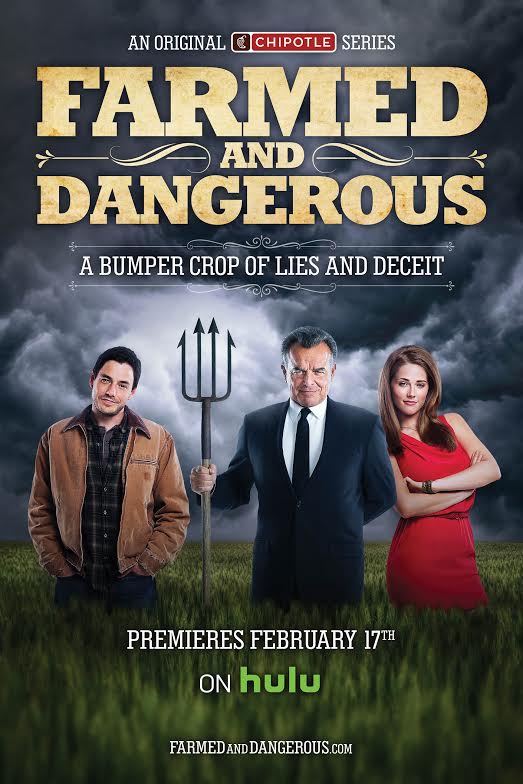


 Every dairy family builds their agricultural legacy over time. For Bram Prins it started in the Netherlands over forty years ago. “In 1968 our family decided to move to county Groningen. As the oldest of seven children I worked with my father to start farming 54 ha of arable land where we had 100 cows. “
Every dairy family builds their agricultural legacy over time. For Bram Prins it started in the Netherlands over forty years ago. “In 1968 our family decided to move to county Groningen. As the oldest of seven children I worked with my father to start farming 54 ha of arable land where we had 100 cows. “ 

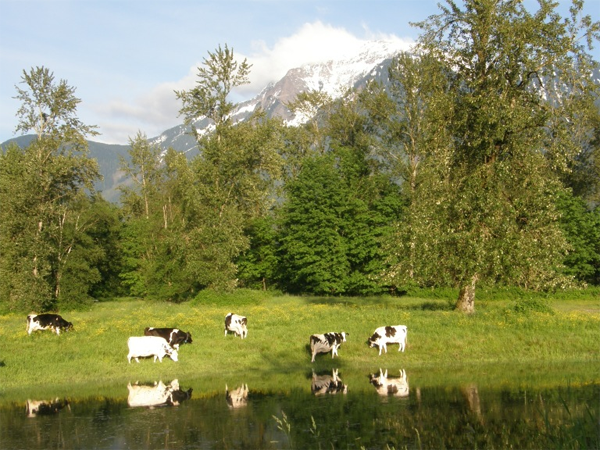
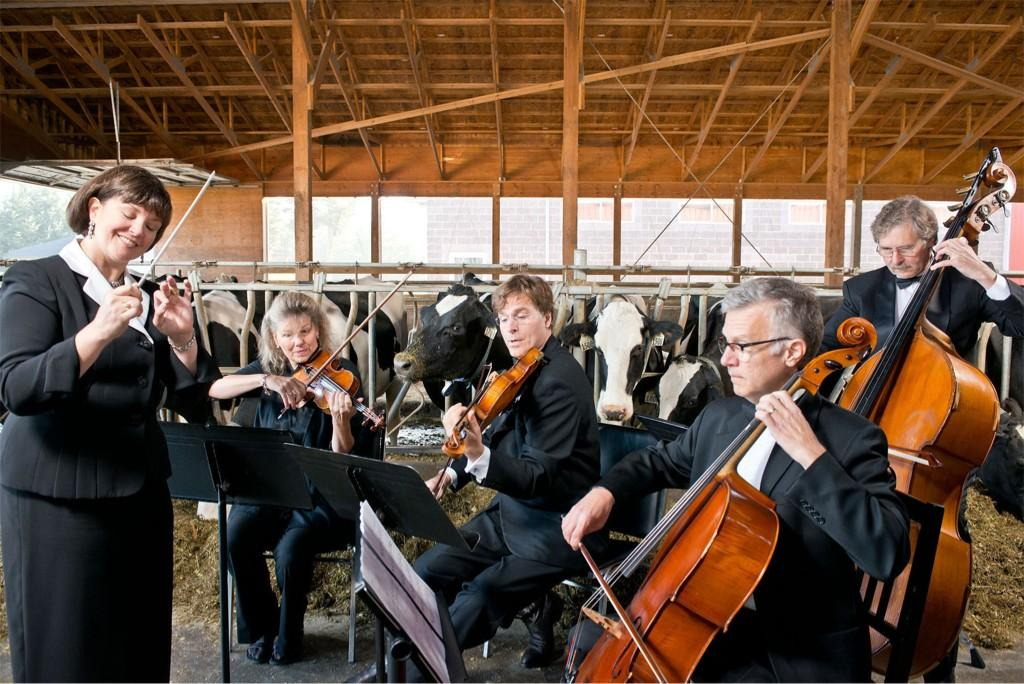
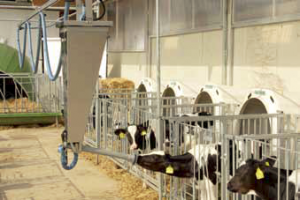 Advantages of Automatic Calf Feeders
Advantages of Automatic Calf Feeders


